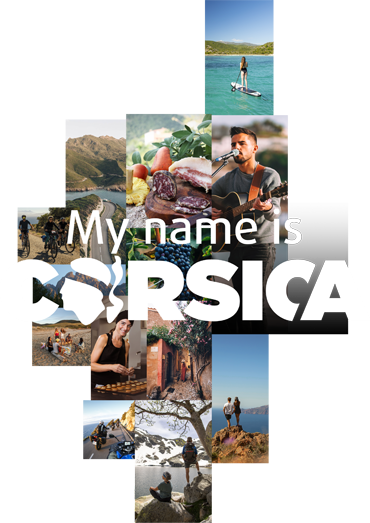Rechercher...
Explore Corsica
Corsican wine route: a 235 km itinerary to discover the best vineyards
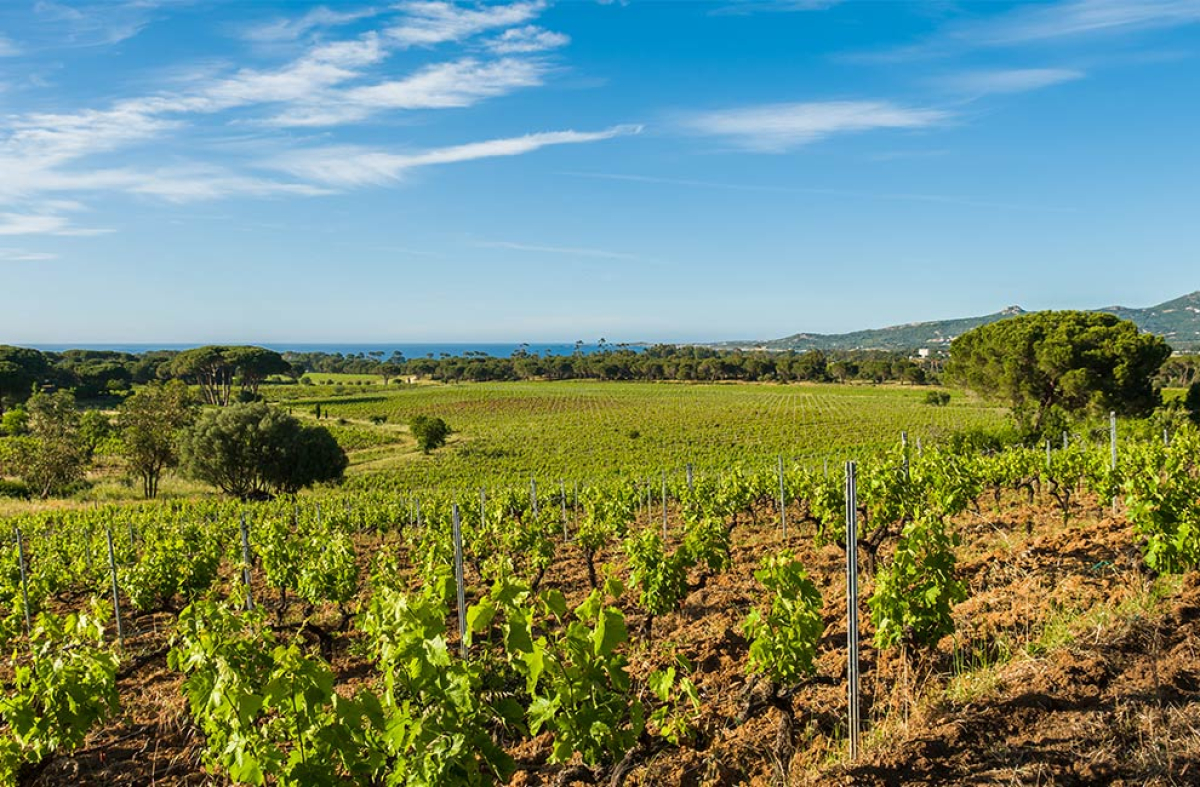 Champs de vignes sur la route des vins corses
Champs de vignes sur la route des vins corses
This road trip is just the first stop: it offers a partial itinerary along the Corsican wine route. Other wine-producing towns and regions will soon be featured, allowing you to continue your discovery, step by step.
Day 1: from the heights of Aiacciu to the Gulf of Sagone
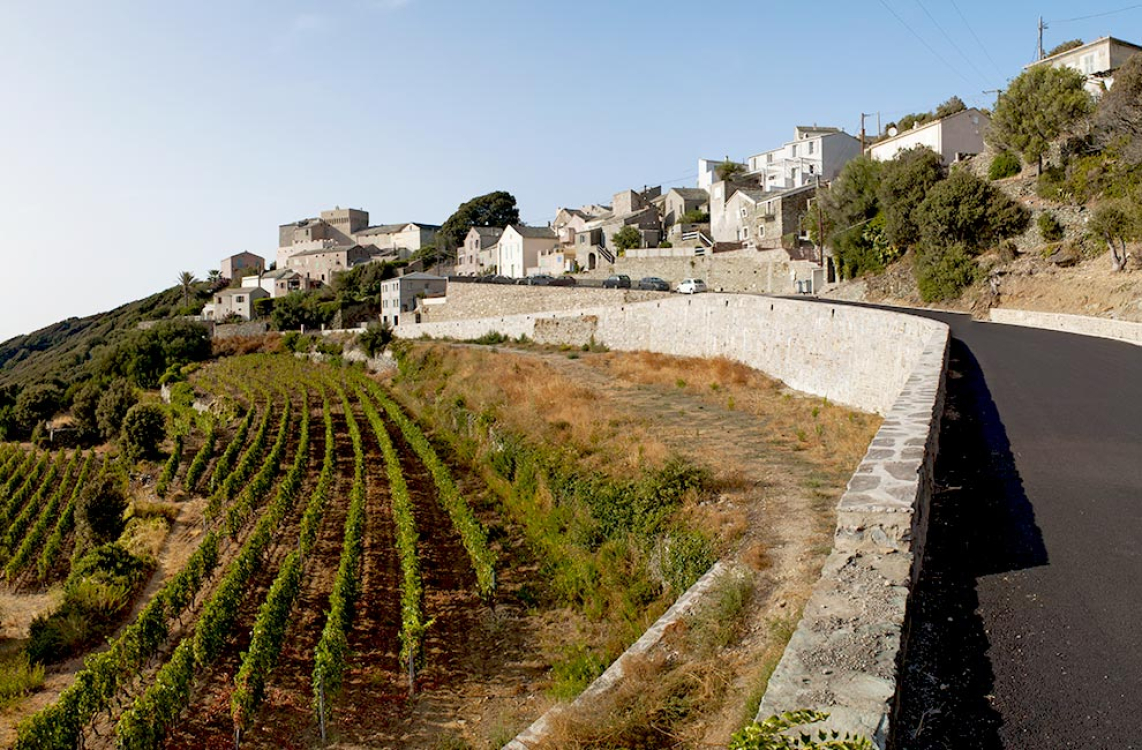 Corsica Wine Route
Corsica Wine Route
At an altitude of 400 metres, the day begins at the summit of Aiacciu. From Clos d'Alzeto to the Gulf of Sagone, an exceptional wine route stretches out before you.
Morning: Clos d'Alzeto
Welcome to Clos d'Alzeto , the highest vineyard in Corsica. Located between 300 and 500 metres above sea level on the heights of Sari d'Urcinu, the estate offers views of the gulfs of Sagone, Aiacciu and Lava. The combination of the sea breeze and the coolness of the heights creates wines with a unique character:
- Alzetu Frescu, a fresh red wine with a crisp palate, full of fresh fruit.
- Alzeto Blanc Prestige with aromas of white flowers and citrus fruits.
- The ‘nature’ range (red and white) is produced without added sulphur.
- Red wines and sweet, overripe white wines.
A stroll through the vineyards transports you to a landscape shaped by five generations of winegrowers. The 46-hectare vineyard is home to preserved shepherds' cottages and original stone walls. An olive grove over 200 years old produces a golden yellow oil with green highlights and a slightly spicy flavour.
Did you know? The four pillars of organic winegrowing
The High Environmental Value ( HVE ) certification rewards wine estates committed to a comprehensive environmental approach. It is based on four pillars: preserving biodiversity, limiting crop treatment, optimising soil fertilisation and managing water responsibly.
In the cellar, pneumatic presses delicately work the white and rosé wines. The truncated cone-shaped casks are used for traditional manual punching down. An automated vertical press ensures gentle racking.
Practical information:
- High Environmental Value (HVE) certified,
- Reservations required for tastings.
- Access: 50 minutes from Aiacciu, in the hamlet of Alzetu.
Afternoon: Clos Ornasca
Clos Ornasca is located very close to Aiacciu. The vines grow on shallow, nutrient-poor granite soil. This terroir gives the wines a distinctive character, full of authenticity.
The Particulare red wine: a rediscovered tradition
The Particulare wine was created during the spring 2020 lockdown. The 230 bottles were produced using traditional methods: manual harvesting, sulphite-free vinification in old barrels and the use of an old wooden press.
The estate's history began in 1989 with Vincent Tola. He restructured 10 hectares of traditional vineyards in six years. Today, his daughter Laetitia combines tradition with modernity with solar panels on the roof of the winery. They produce the electricity needed to run the estate.
Their range is the perfect accompaniment to local cuisine.
- Cuvée Stella red: Sciaccarellu, Niellucciu, perfect with meat, pan-fried vegetables and cheese.
- Cuvée Tradition: red (Sciaccarellu, Niellucciu), white (Vermentinu), rosé (Sciaccarellu). Food and wine pairing: serve the rosé with prawns, bouillabaisse or stuffed vegetables.
- Lesia white: Vermentinu, to be enjoyed with a platter of cold meats and cheeses.
- Muscat petits grains: semi-dry, from aperitif to dessert.
Practical information:
- Organic farming (AB).
- Open every day except Sundays and public holidays.
- Access: 20 minutes from Aiacciu, in Eccica Suarella.
Day 2: through the Sartenais terroirs
A day in the historic wine-growing region of Corsica, between granite hillsides and unspoilt valleys.
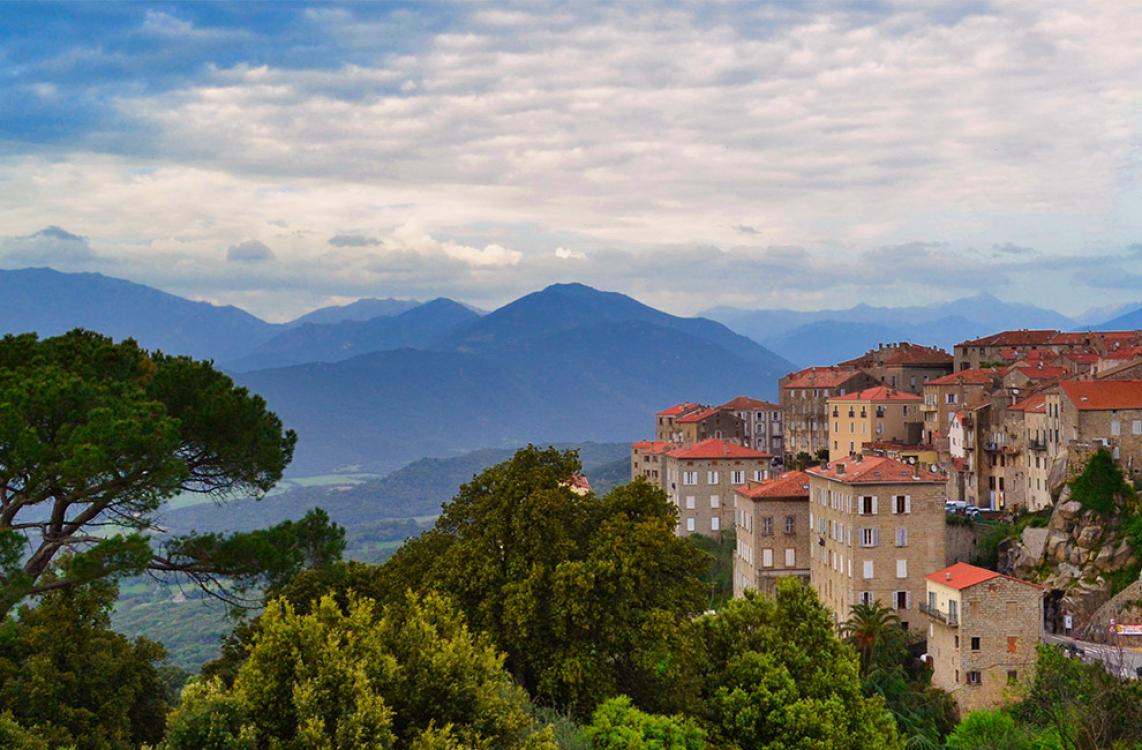 Panoramic view of the village of Sartè
Panoramic view of the village of Sartè
Morning: Comte Abbatucci estate
At an altitude of 150 metres, explore the 21 hectares of hillsides of one of Corsica's oldest vineyards. Jean-Charles Abbatucci continues a collection of old Corsican grape varieties started by his father.
Good to know: a living heritage
Each Collection wine tells a family story. It bears the name of illustrious ancestors: Imperial Minister, Empire Diplomat, General of the Revolution.
The Comte Abbatucci estate combines respect for tradition (using the chipbud technique for grafting and taking the influence of the moon into account) with research (viticultural musicology, saline water).
Practical information:
- Biodynamics: a natural balance between the soil, plants, animals and humans.
- Open every day except Tuesdays and public holidays.
- Access: in Casalabriva, in the hamlet of Chiesale, on the edge of the D302.
Afternoon: from Fiumicicoli to Saparale
Explore the Fiumicicoli estate , founded in 1964 on the banks of the river of the same name. On 73 hectares from Sartè to Prupià, Félix and Simon Andreani continue to use traditional methods such as ploughing and décavaillonnage.
Their wines include:
- The AOC range: white, rosé and red.
- The Vassilia cuvée.
- Giovichi: 50% Minustellu, 50% Carcaghjolu.
- Muscat wines, including Muscateddu with its dark purple colour. It improves with age, between four and twenty years.
Practical information:
- Partially AB certified.
- Open every day except Wednesday, Saturday and Sunday.
- Access: 8 km from Sartè, near the Genoese bridge (Spin'a Cavallu).
The itinerary ends in the Ortolo valley, at the Saparale estate . The red wine is aged in large casks, giving it a more complex bouquet of red fruit aromas (strawberry, raspberry) with a hint of spice.
The rosé is distinguished by its light colour. It reveals a fresh nose with notes of flowers and fruit. On the palate, it offers beautiful fluidity combined with invigorating freshness.
The white Vermentinu develops two distinct profiles depending on its degree of maturity:
- From 12° to 13°: notes of white flowers, citrus fruits and exotic fruits.
- Above 13°: aromas of yellow flowers, honey and pollen. After a year, these evolve towards notes of geranium, carnation and beeswax.
Practical information:
- Open every day except weekends.
- Access: 15 km from Sartène
From the vineyards perched on the Clos d'Alzeto to the sunny slopes of the Sartenais, the route reveals a viticulture in harmony with its environment. The estates perpetuate respectful practices: manual work in the vineyard, mechanical weeding, traditional harvesting by hand. This expertise, passed down from generation to generation, embodies a well-preserved family heritage.
Locate
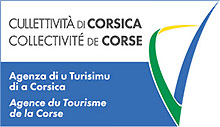
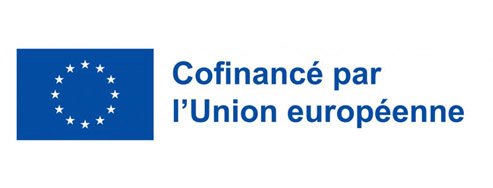
powered by cd-media.fr



